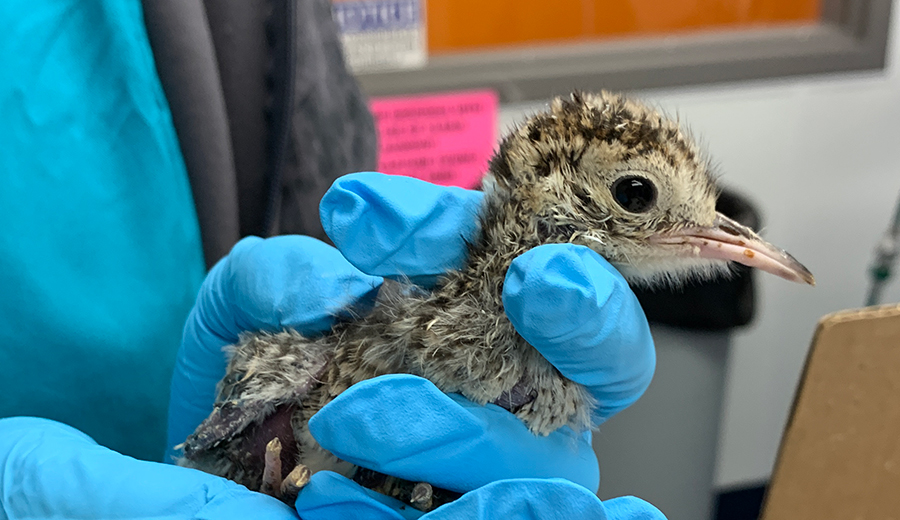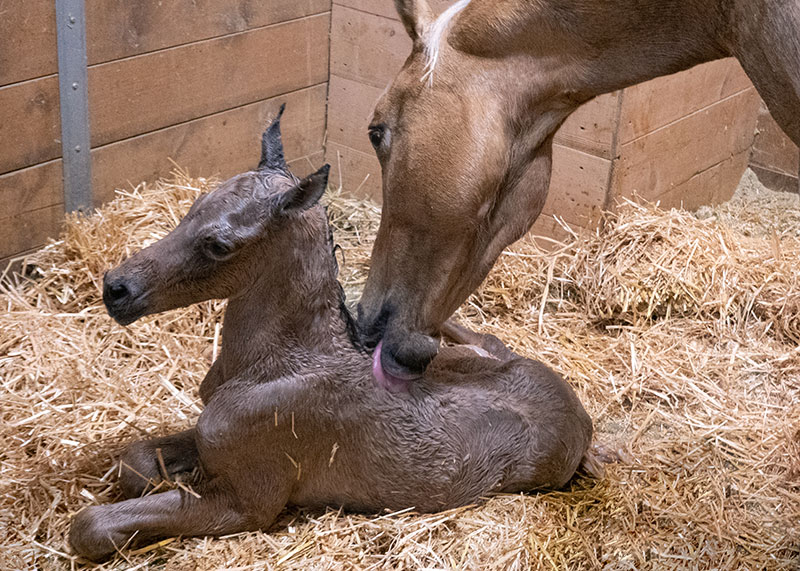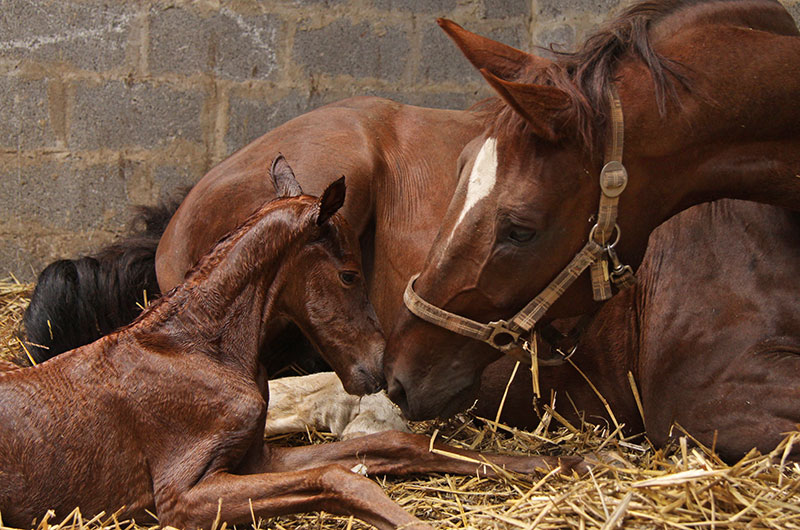The Future Is Feline
Bulldogs, pugs, Boston terriers, and exotic cats with their squishy little faces…. They’re cute, they’ve got big personalities, and sometimes they snore. What many don’t realize is that this cuteness comes with a price tag: brachycephalic syndrome.
![[Dr. Hadley Gleason]](https://vetmed.illinois.edu/wp-content/uploads/2021/04/pc-gleason-cora-214x300.jpg)
Brachycephalic dogs have a plethora of known health issues linked directly to their shortened faces, and it is recommended that these breeds be treated proactively to limit the negative impact on their health.
But what about brachycephalic cats? The Persian and Exotic Shorthair rank first and third among the most popular purebred cats owned, creating a fast-growing population of animals at risk. Himalayan cats are also potentially affected by brachycephalic syndrome. At present, little is known about how the face shape of cats affects their health.
Research Gap
Mounting evidence suggests brachycephalic cats, much like dogs, develop health problems related to their face shape. Studies have demonstrated that several surgical techniques provide help for brachycephalic dogs, but no similar studies exist for cats. With funding from the Winn Feline Foundation, University of Illinois researchers intend to change that by gathering comprehensive data on the evaluation and treatment of brachycephalic cats.
![[Dr. Heidi Phillips]](https://vetmed.illinois.edu/wp-content/uploads/2021/04/pc-phillips-214x300.jpg)
Airway Surgical Procedure
We know that many health issues suffered by brachycephalic dogs can be helped with surgery. “One of our goals with this project is to document whether the surgery that we’re doing for these cats — which is relatively minor compared to what we do with dogs — helps improve brachycephalic cats’ quality of life and ability to breathe,” says Dr. Gleason.
The cat surgery aims to open the nasal passageway to allow for better airflow.
“Imagine if you had a cold your whole life. You can’t breathe through your nose. That’s not a great quality of life,” says Dr. Gleason. “We had one [cat] come to the hospital that, when she was stressed, couldn’t breathe effectively. She was forced to open-mouth pant to get air,” recalls Dr. Gleason. This cat received airway surgery and will return to the Veterinary Teaching Hospital for a reassessment.
Cat Recruitment
“There are plenty of brachycephalic cats out there,” assures Dr. Gleason, “we just need to make sure that we reach them and their owners and breeders.” Drs. Phillips and Gleason have treated four cats so far in the study and plan to perform 16 procedures in all before the end of 2019.
Brachycephalic cats with breathing or other quality-of-life problems enrolled in the study will get free evaluation and treatment. These felines, who must not otherwise have illness unrelated to their face shape, will receive a full health examination, CT scan, and surgical airway procedure aimed to open up their nostrils and permit easier breathing.
For qualified cats, all expenses are covered by research funding and the University of Illinois Veterinary Teaching Hospital. Cats will be required to return for a follow-up visit two to three months after the initial surgery.
Drs. Phillips and Gleason are also working closely with the Specialty Purebred Cat Rescue Organization to recruit, evaluate, and assist rescued brachycephalic cats.
The Future Is Feline
This study seems to be the jumping-off point for continued research on brachycephalic cats. Dr. Gleason forecasts including this surgical-airway procedure at a typical veterinary appointment.
“It’s certainly a procedure that, with appropriate training, a general veterinary practitioner could do,” says Dr. Gleason. “If we can improve cat wellness by helping these cats breathe more easily, then maybe they can enjoy longer lives that are more fulfilling.”
For additional information or to be involved in the cat study, please contact us at 217-333-6808 or vthsofttissuesurg@vetmed.illinois.edu.
By Stephanie Maurer

![[white persian cat]](https://vetmed.illinois.edu/wp-content/uploads/2021/04/pc-bccatstudy-gleason.jpg)


